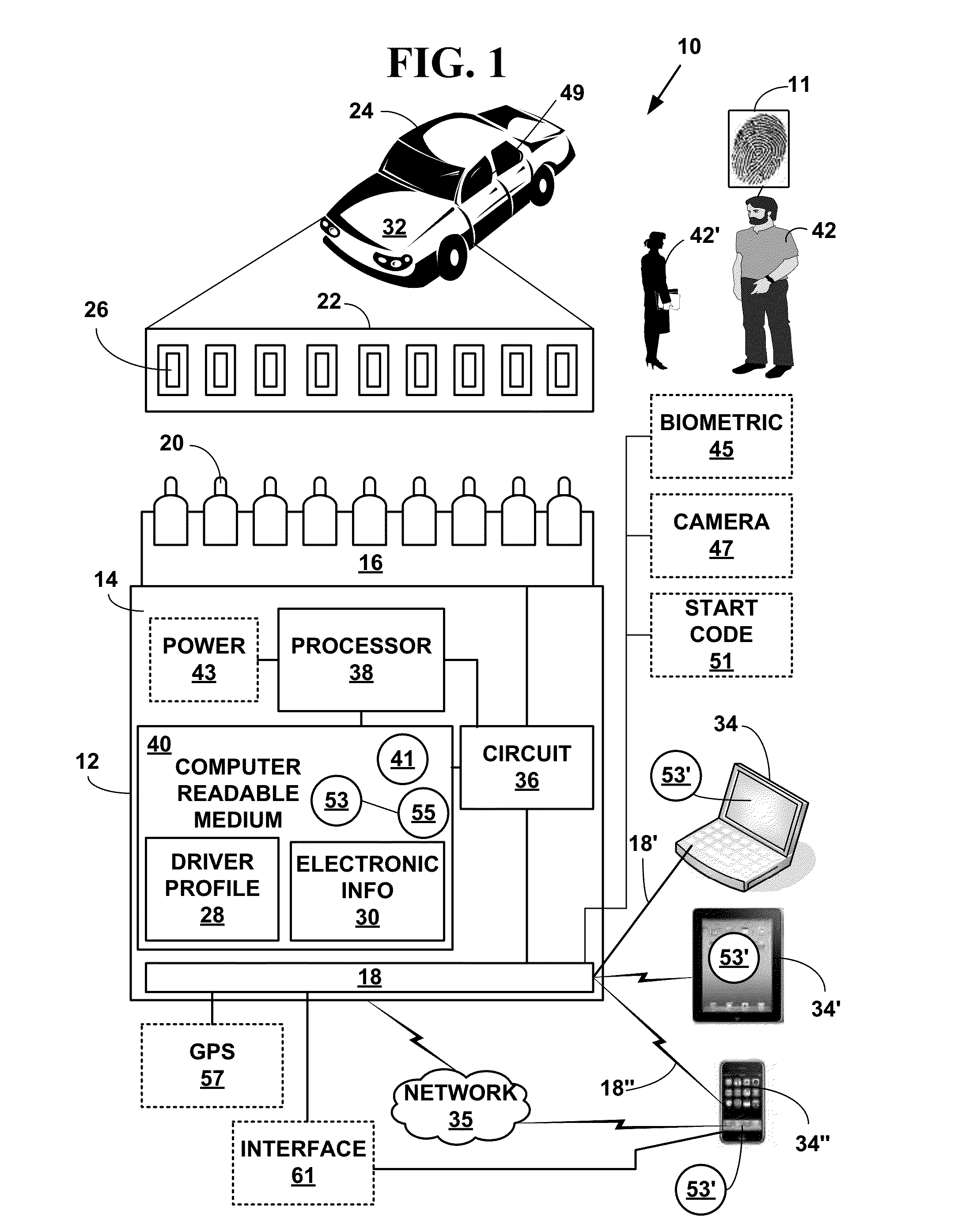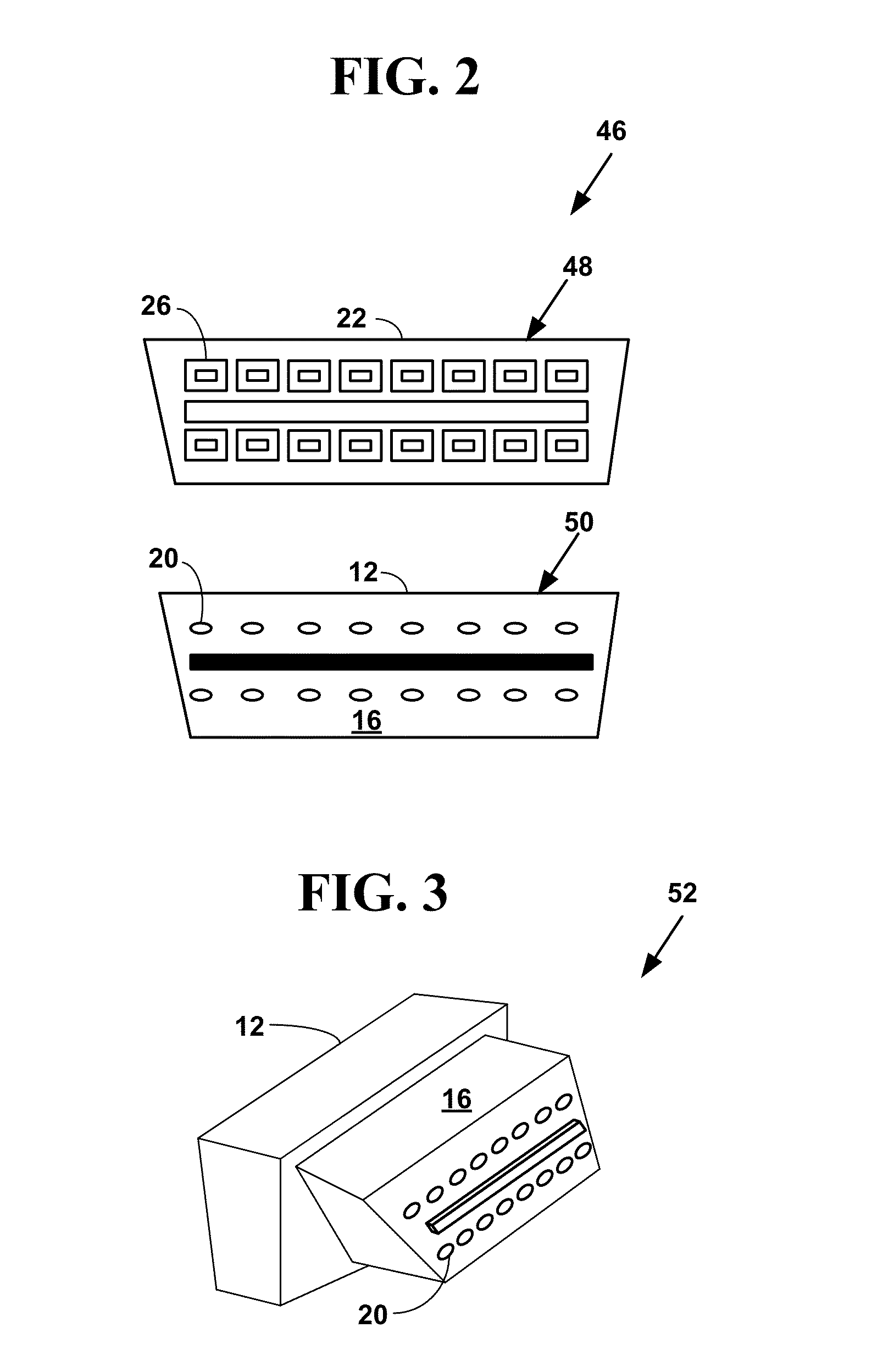Method and system for automatically identifying a driver by creating a unique driver profile for a vehicle from driving habits
a technology of driving habits and unique driver profiles, applied in the field of driver profiles, can solve the problems of not providing any information as to the nature of the problem, and obd-2 devices do not collect and store unique driver profiles
- Summary
- Abstract
- Description
- Claims
- Application Information
AI Technical Summary
Benefits of technology
Problems solved by technology
Method used
Image
Examples
Embodiment Construction
Identification of a Driver by Driving Habits
[0042]A “habit” is a routine of behavior that is repeated regularly and tends to occur unconsciously. The American Journal of Psychology in 1903, stated, “a habit, from the standpoint of psychology, is a more or less fixed way of thinking, willing, or feeling acquired through previous repetition of a mental experience.” Habitual behavior often goes unnoticed in persons exhibiting it, because a person does not need to engage in self-analysis when undertaking routine tasks such as driving. Habits are sometimes compulsory. The process by which new behaviors become automatic is habit formation. Old habits are hard to break and new habits are hard to form because the behavioral patterns we repeat are imprinted in our neural pathways and do not change frequently.
[0043]As behaviors are repeated in a consistent context, there is an increase in the link between the context and the action. This increases the automaticity of the behavior in that cont...
PUM
 Login to View More
Login to View More Abstract
Description
Claims
Application Information
 Login to View More
Login to View More - R&D
- Intellectual Property
- Life Sciences
- Materials
- Tech Scout
- Unparalleled Data Quality
- Higher Quality Content
- 60% Fewer Hallucinations
Browse by: Latest US Patents, China's latest patents, Technical Efficacy Thesaurus, Application Domain, Technology Topic, Popular Technical Reports.
© 2025 PatSnap. All rights reserved.Legal|Privacy policy|Modern Slavery Act Transparency Statement|Sitemap|About US| Contact US: help@patsnap.com



